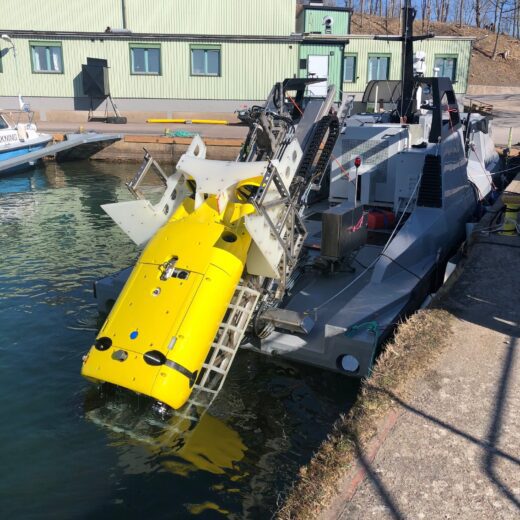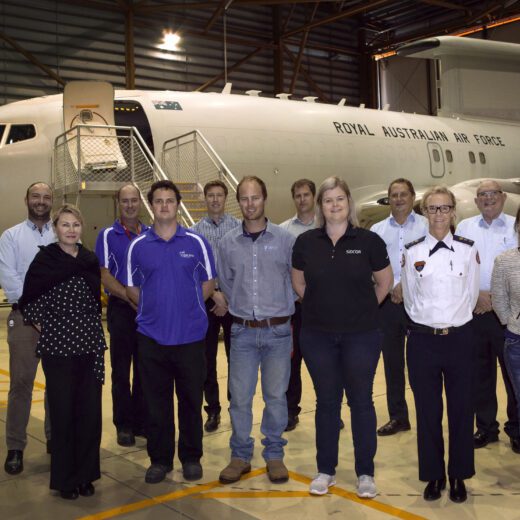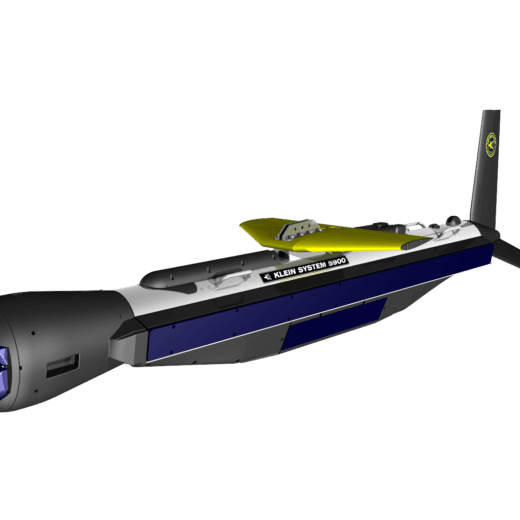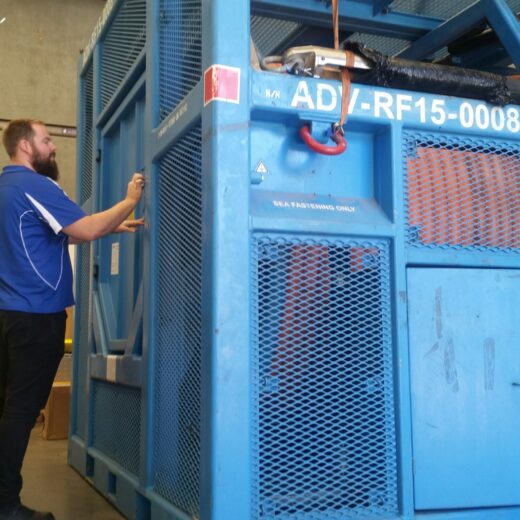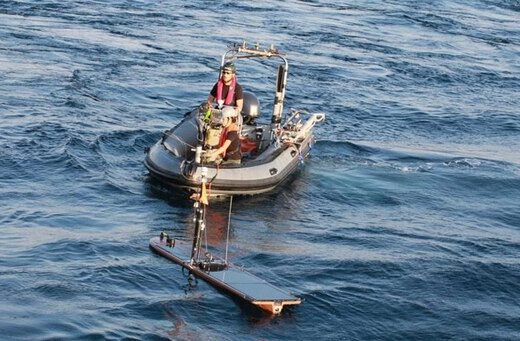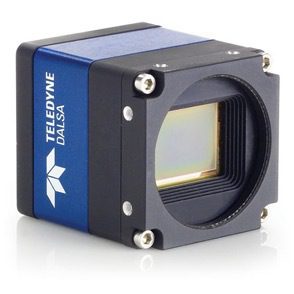Saab Multi-Shot Mine Neutralisation System (MuMNS) Deployed from USV
Saab Multi-Shot Mine Neutralisation System (MuMNS) Deployed from USV A powerful, reliable and adaptable vehicle that can be used in a variety of different roles Initiated in 2012 under a cooperation agreement between France and the United Kingdom, the Maritime Mine Counter Measures (MMCM) programme develops a prototype autonomous system for the detection and neutralisation […]

